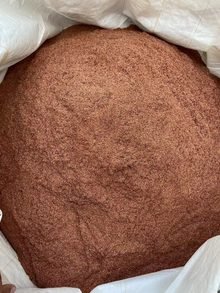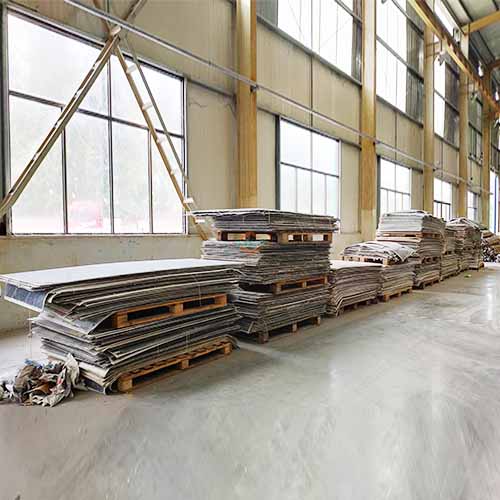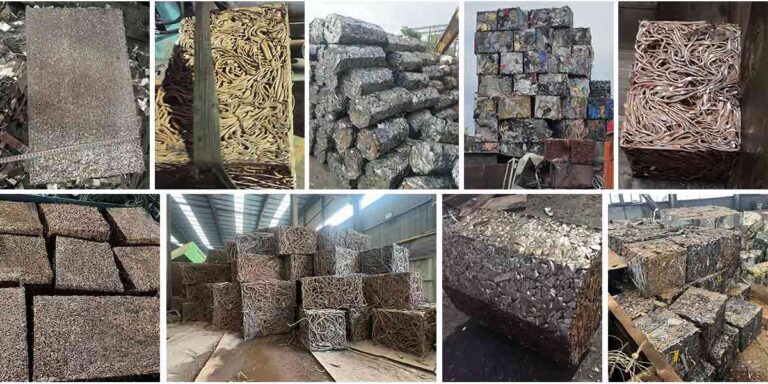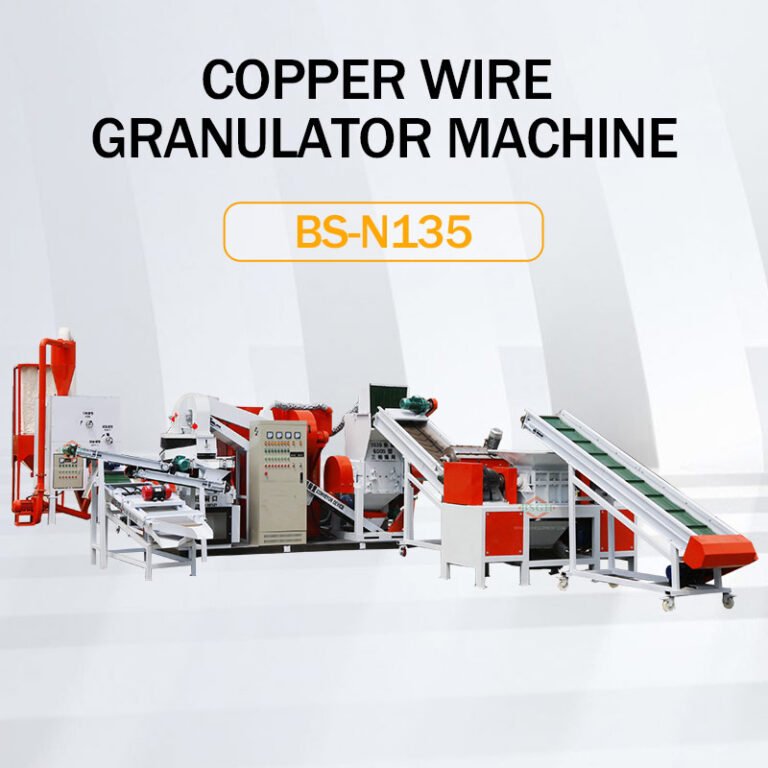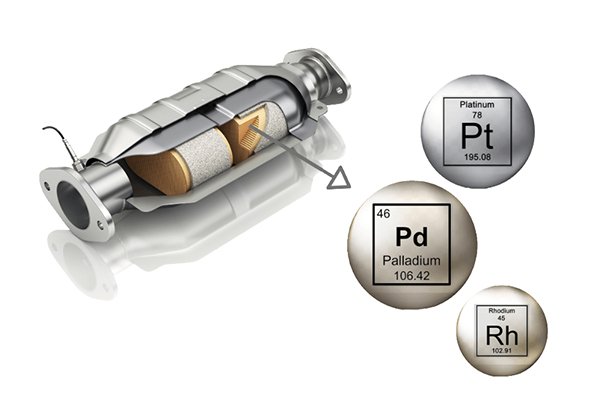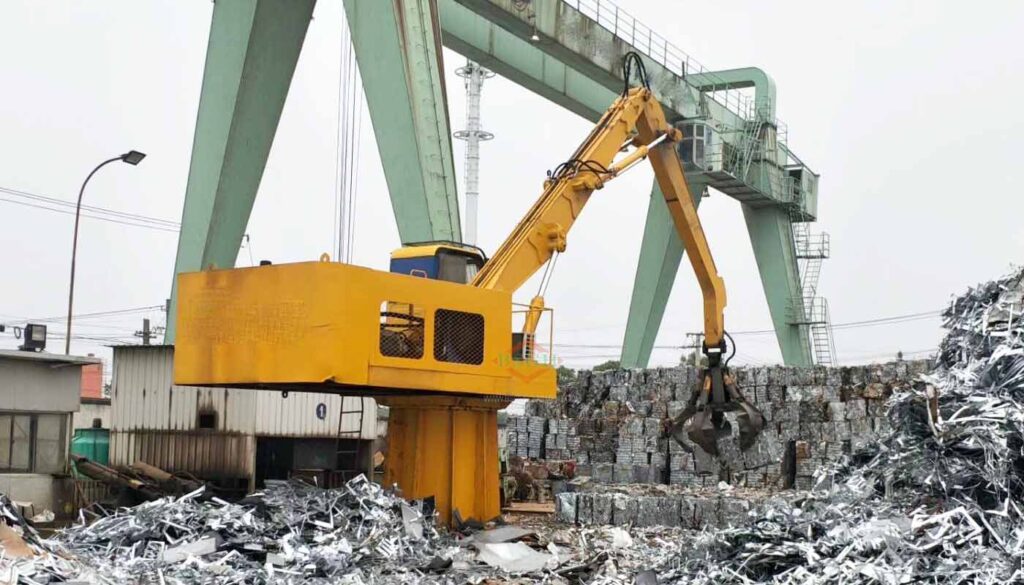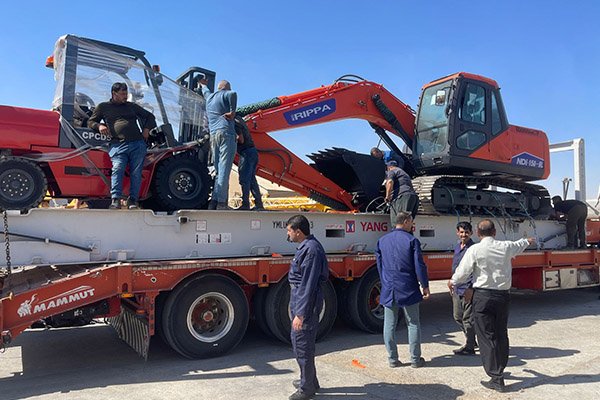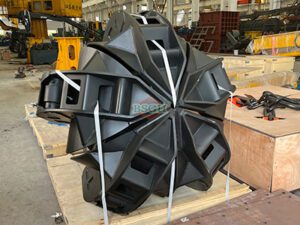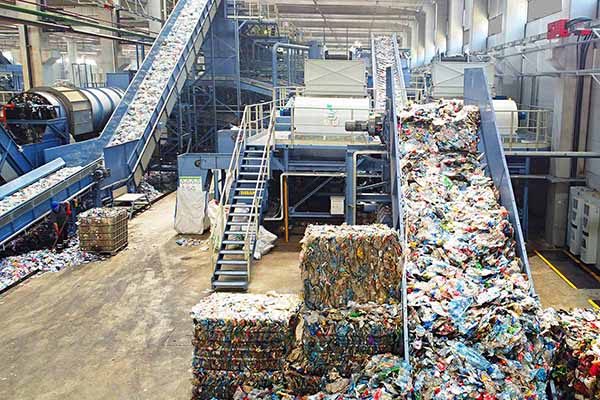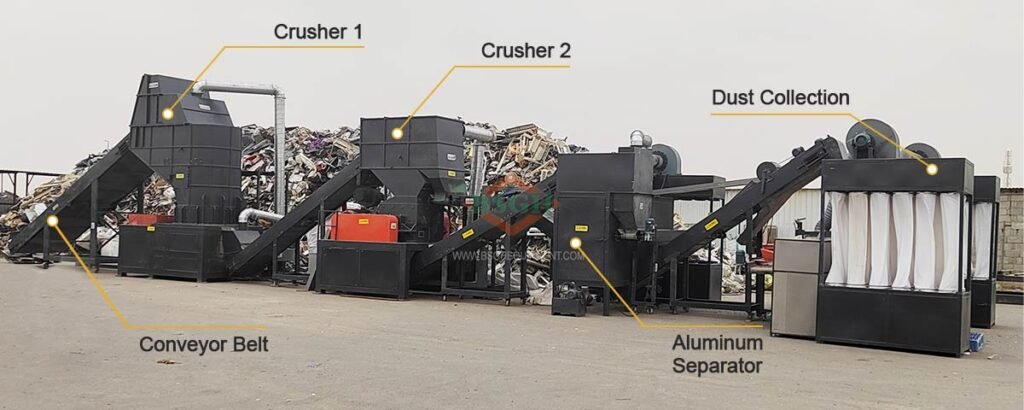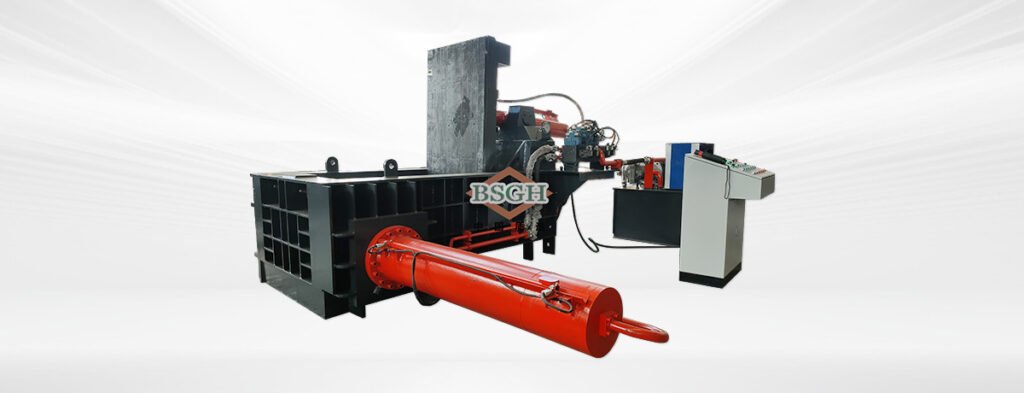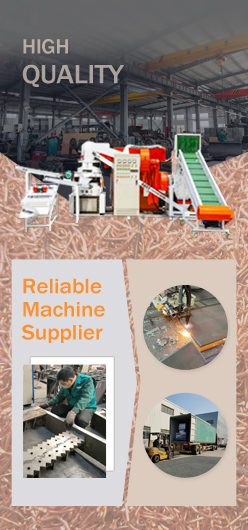Ⅰ. Einführung
Das Recycling und die Verarbeitung von Kupferschrott trägt nicht nur zum Umweltschutz bei, sondern ermöglicht auch die Wiederverwendung von Ressourcen. Die Bedeutung des Recyclings von Kupferschrott spiegelt sich in den folgenden Aspekten wider:
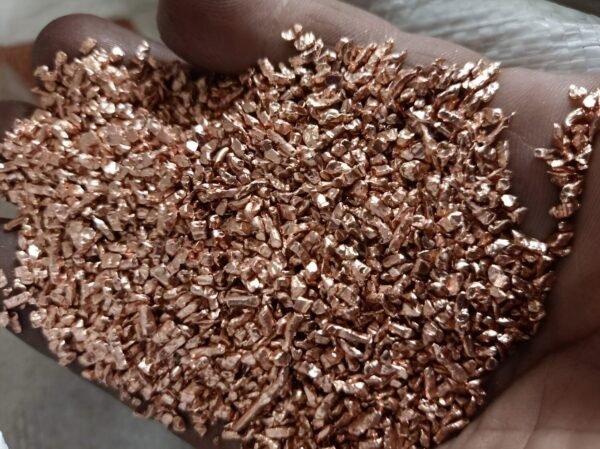
1. Ressource speichern
Der Kupferdraht hat eine hohe Leitfähigkeit und Korrosionsbeständigkeit. Durch das Recycling von Kupferschrottdrähten kann die Verschwendung von Kupferressourcen vermieden, die wachsende Nachfrage nach Kupfer gedeckt und der Abbau primärer Kupferminen reduziert werden, wodurch natürliche Ressourcen geschützt werden.
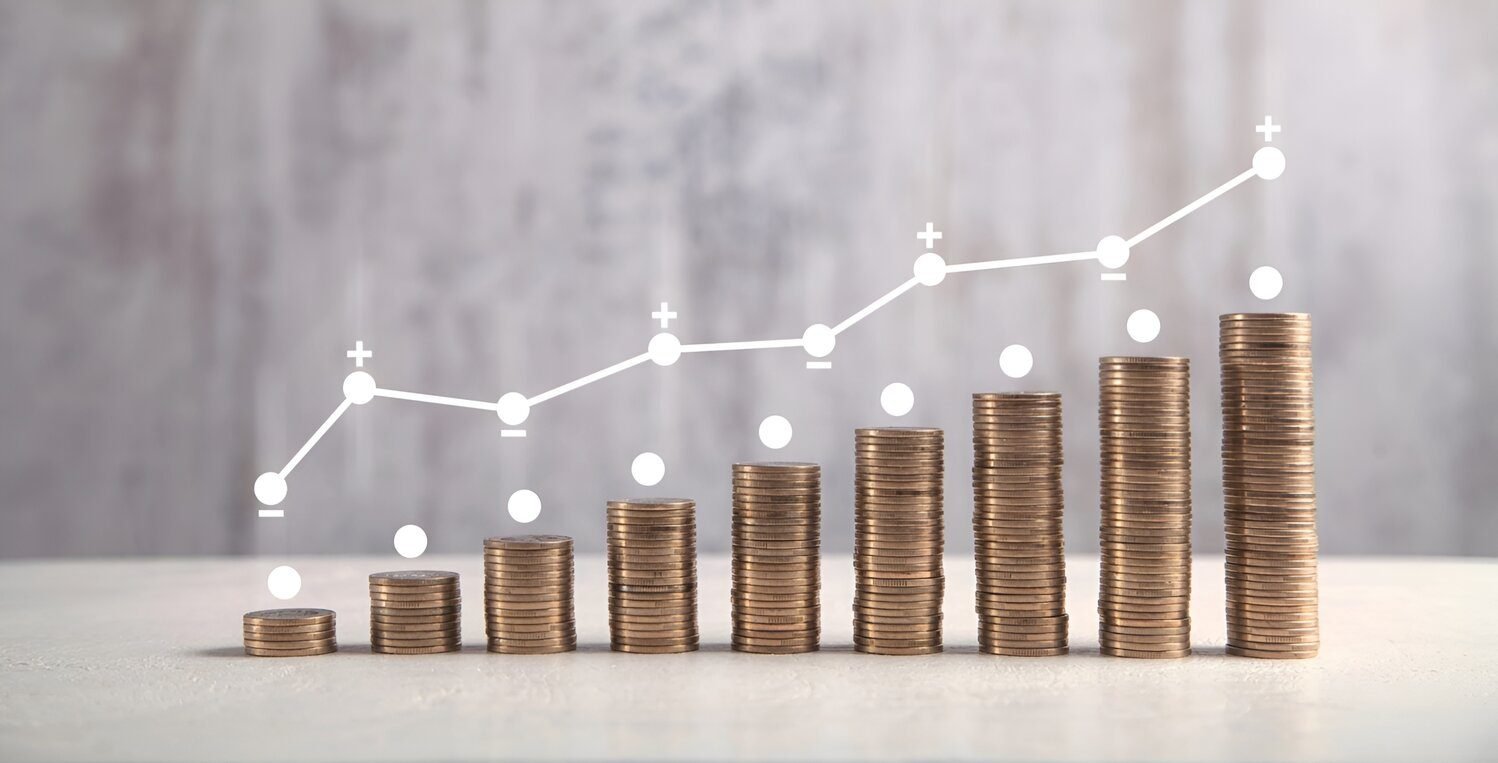
2. Wirtschaftliche Vorteile
Da die Anwendungsbereiche von Kupfer immer weiter zunehmen, steigt auch die Marktnachfrage und der Wert von reinem Kupfer ist höher. Daher kann das Recycling von Kupferdrähten Unternehmen nicht nur erhebliche wirtschaftliche Vorteile bringen und die Produktionskosten senken, sondern auch die Wettbewerbsfähigkeit auf dem Markt steigern. Darüber hinaus ist die Kupferdrahtrecyclingbranche profitabel und Recycler können erheblich davon profitieren.
-1024x683.jpg)
3. Umweltschutz
Wenn Kupferschrottdrähte nicht richtig entsorgt werden, können sie Boden und Wasser verschmutzen. Kupferschrottdrähte können durch Recycling in wertvolle Ressourcen umgewandelt werden, wodurch die Umweltverschmutzung verringert und eine nachhaltige Entwicklung erreicht wird.
Ⅱ. 6 Fehler, die Sie vermeiden sollten
Wer neu im Recycling von Kupferschrott ist, macht oft Anfängerfehler, die Ihren Gewinn erheblich schmälern können. Sehen wir uns die sechs wichtigsten Fehler an, die Sie vermeiden sollten.
1. Ich kenne mich mit Kupferdrahtschrott nicht aus
⭐ Grund
Kupfer ist aufgrund seiner hervorragenden elektrischen Leitfähigkeit ein hochwertiges Material mit großer Marktnachfrage. Es wird häufig in der Elektrizitäts-, Kommunikations- und anderen Bereichen verwendet, was bedeutet, dass sein Anschaffungspreis relativ hoch ist. Relativ gesehen hat Aluminium nicht den hohen Marktwert und die Funktionen von Kupfer, und der Einkaufspreis ist relativ niedrig. Kupfer ist etwa 3,5-mal teurer als Aluminium, daher kann die Unterscheidung zwischen den beiden beim Recyclingprozess den maximalen Wert sicherstellen.
⭐ Folge
Einige neue oder unerfahrene Kunden verwechseln beim Kauf von Kupferschrottdrähten oft kupferbeschichtete Drähte mit reinen Kupferdrähten. Dieser Fehler führt nicht nur zu finanziellen Verlusten, sondern wirkt sich auch auf die Rentabilität des gesamten Recyclinggeschäfts aus. Daher ist es wichtig, die verschiedenen Arten von Kupferdrähten zu kennen und zu unterscheiden.
⭐ Anregung
- Zunächst können Sie den Drahttyp anhand seines Aussehens beurteilen. Kupferdraht hat normalerweise einen violett-roten Farbton, während Aluminiumdraht silberweiß ist.
- Zusätzlich können Sie mit einem Messer die Oberfläche des Kabels abkratzen; wenn die Innenseite weiß ist, handelt es sich um Aluminiumdraht.
- Sie können dies auch durch Messen des Widerstands beurteilen. Der Widerstand eines Kupferdrahts ist geringer als der eines Aluminiumdrahts.
- Schließlich können Kupferdraht und Aluminiumdraht mithilfe eines Magnettesters oder einer magnetischen Trennung unterschieden werden. Da Kupfer eine gute Leitfähigkeit hat und nicht magnetisch ist, zieht Kupferdraht keine Magnete an, Aluminiumdraht hingegen schon.
- Darüber hinaus können Kupferdraht und Aluminiumdraht anhand des Gewichtsunterschieds unterschieden werden. Kupferdraht hat eine höhere Dichte als Aluminiumdraht, daher ist Kupferdraht mit derselben Spezifikation schwerer als Aluminiumdraht.
2. Nicht für Kupfer klassifiziert
⭐ Grund
1. Verschiedene Kupfersorten unterscheiden sich in Reinheit und Zusammensetzung, und auch ihr Wert und Marktpreis variieren. Darüber hinaus liegt der Kupfergehalt in Kupferschrottdraht nahe an den Standards für reines Kupfer oder entspricht diesen. Nach dem Recycling von Kupferschrottdraht ist es einfach, durch einfaches Schmelzen hochwertige Kupfermaterialien zu erhalten.
2. Kupfer und Aluminium haben unterschiedliche physikalische und chemische Eigenschaften, daher sollten Kupferdrähte und Aluminiumdrähte auch getrennt recycelt werden. Eine getrennte Verarbeitung kann die Rückgewinnungseffizienz und Reinheit von Kupfer und Aluminium verbessern und so den wirtschaftlichen Wert von recyceltem Kupfer und Aluminium steigern.
⭐ Folge
Wenn unterschiedliche Kupfersorten nicht sortiert werden, verringert dies zwar nicht direkt die Recyclingeffizienz, wirkt sich jedoch auf den endgültigen wirtschaftlichen Nutzen und den Marktwert aus. Normalerweise werden gemischte Kupfersorten nur zu einem niedrigeren Preis verkauft, was zu Gewinneinbußen führt. Darüber hinaus erhöht das gemischte Recycling von Kupfer und Aluminium die Verarbeitungsschwierigkeiten und -kosten, verringert die Recyclingeffizienz und kann auch die Recyclinganlagen beschädigen. Das Mischen von Kupfer und Aluminium wirkt sich auch auf die Materialeigenschaften aus, was dazu führen kann, dass das Endprodukt nicht mehr geeignet ist, was wiederum seine Leistung und Sicherheit beeinträchtigt.
⭐ Anregung
Die Kenntnis der verschiedenen Kupfersorten kann Ihnen dabei helfen, Ihre Gewinne in der Recyclingindustrie zu maximieren. Kupfersorten können hauptsächlich unterteilt werden in blankes Kupfer, #1 Kupfer, #2 Kupfer, usw.

+ Blankes helles Kupfer
- Es bezieht sich auf Kupfer mit einem Kupfergehalt von mehr als 99,95% und hat den höchsten Wert.
+ Recyclingquellen
- Fußbodenheizungskabel, Schaltersteckdosenkabel, Haushaltsgerätekabel usw.
+ Recycling-Lösung
- Unser BS-D75 kleiner Kupfergranulator ist speziell für das Recycling von Haushaltskabeln konzipiert und verfügt über eine Kapazität von 70 kg/h, was sich sehr gut für Kunden eignet, die nicht viele Kabelreste haben.
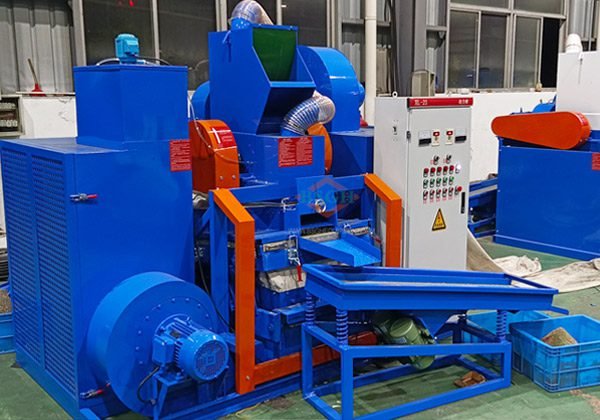
+ #1 Kupfer
- Es ist als Elektrolytkupfer bekannt und weist einen Kupfergehalt von über 971 TP3T auf.
+ Recyclingquellen
- Verschiedene Arten von Kabeln und Drähten, Wicklungen von Motoren und Transformatoren, Leiterplatten usw.
+ Recycling-Lösung
- BS-D20 Kupfergranulator ist unser meistverkauftes Modell unter den kleinen Kabelrecyclingmaschinen. Seine Verarbeitungskapazität beträgt 200 kg/h und er kann die meisten gängigen Kabel auf dem Markt verarbeiten.
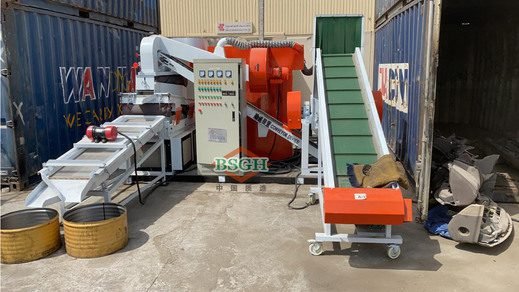
#2 Kupfer
- Es handelt sich um eine Art Rotkupfer mit einem Kupfergehalt zwischen 92% und 95%.
+ Recyclingquellen
- Zu seinen Quellen gehören Stromkabel, Kommunikationskabel, Steuerkabel usw.
+ Recycling-Lösung
- BS-N125 Kupfergranulator ist unsere High-End-Maschine der N-Serie, deren Recyclingrate bis zu 99,91 TP3T beträgt. Mit einer Kapazität von 300–500 kg/h kann diese Maschine die Reinheit des Kupfers verbessern und so eine höhere Rentabilität erzielen.
3. Kupferdrahtschrott direkt verkaufen
⭐ Grund
- Erstens können Sie durch die Verarbeitung des Kupferdrahts sowohl Kupfer als auch Kunststoff recyceln und sich dadurch zwei Einnahmequellen erschließen.
- Zweitens hat Kupfer als leitfähiges Material einen hohen Recyclingwert und der Gewinn aus geschälten Kupferdrähten ist höher als der aus dem Direktverkauf.
⭐ Folge
Die Kunststoffschicht verringert nicht nur die Recyclingeffizienz während des Kupferdrahtrecyclingprozesses, sondern beeinträchtigt auch die Reinheit des Kupferdrahtes und damit seinen Marktwert. Und direkt verkaufte Kupferschrottdrähte können als fehlerhafte Produkte angesehen werden, was zu geringeren wirtschaftlichen Erträgen führt.
⭐ Anregung
Beim Recycling von Kupferdrähten empfiehlt es sich, unsere Kupferdraht-Recyclingmaschine zu wählen, um den Kunststoff zu entfernen, der den Kupferleiter umhüllt. Unser Unternehmen hat entwickelt große Kupfergranulatormaschinen, mittlere Kupfergranulatormaschinen Und kleine Kupfergranulatormaschinen um den Verarbeitungsanforderungen verschiedener Kunden gerecht zu werden. Wir haben auch Abisoliermaschine zur Verarbeitung dicker Kupferdrähte, die von unserer Kupfergranuliermaschine nicht recycelt werden können. Wenn Sie Bedarf oder Fragen zum Recycling haben, können Sie uns für Lösungen kontaktieren (0086 13772508206), wir sind gerne für Sie da.
4. Keine Kenntnis des Marktpreises
⭐ Grund
- Die Kupferpreise schwanken je nach Marktnachfrage, weltweitem Angebot, wirtschaftlichen Bedingungen usw. Der Recyclingpreis für Kupferschrott hängt eng mit den Schwankungen des Kupferpreises zusammen. Wenn der Kupferpreis steigt, steigt auch der Recyclingpreis für Kupferschrott entsprechend; umgekehrt sinkt auch der Recyclingpreis für Kupferschrott, wenn der Kupferpreis fällt.
- Darüber hinaus wirken sich die Marktpreise auch auf die Kosten und den Nutzen des Recyclings aus. Die Kenntnis des Marktpreises für Kupferdrahtschrott kann Recyclingunternehmen dabei helfen, angemessene Preise festzulegen und die zukünftige Marktnachfrage vorherzusagen, wodurch sie ihre Produktions- und Lagerstrategien anpassen können.
⭐ Folge
Ohne Kenntnis der Marktpreise verpassen Recycler möglicherweise optimale Recyclingmöglichkeiten.
- Wenn es Ihnen bei steigenden Kupferpreisen nicht gelingt, Kupfer rechtzeitig zu verkaufen, können Sie möglicherweise keine höheren Gewinne erzielen.
- Umgekehrt kann es bei einem Verkauf in Zeiten niedriger Kupferpreise passieren, dass der Preis unter dem Marktwert liegt und dadurch erhebliche wirtschaftliche Verluste entstehen.
- Darüber hinaus kann es in Zeiten von Marktschwankungen zu Lagerrückständen kommen, wenn Sie Ihre Einkaufs- oder Verkaufsstrategien nicht rechtzeitig anpassen. Dies wiederum kann zu Schwierigkeiten beim Kapitalumschlag und geringeren Verkaufserlösen führen.
- Auf lange Sicht kann diese gefühllose Reaktion des Marktes die Wettbewerbsfähigkeit und Rentabilität der Unternehmen beeinträchtigen.
⭐ Anregung
Es ist wichtig, die Markttrends zu beobachten und Angebot und Nachfrage von Kupferschrott sowie die Schwankungen des Kupferpreises zu verstehen, um die Verkaufsstrategien wirksam und zeitnah anzupassen.
① Sie können sich über den Marktpreis von Kupfer an den wichtigsten Terminbörsen der Welt informieren, beispielsweise an der London Metal Exchange oder der New York Mercantile Exchange. Diese offiziellen Websites veröffentlichen in der Regel die neuesten Handelsdaten, darunter den Höchstpreis, den Niedrigstpreis und das Handelsvolumen usw., die zur Analyse von Markttrends und zur Formulierung von Handelsstrategien verwendet werden können.
② Soziale Medienplattformen oder Finanzforen wie Twitter und Investing.com sind ebenfalls wichtige Kanäle, um Informationen zum Kupferpreis zu erhalten. Fachleute und erfahrene Händler auf diesen Plattformen teilen ihre Ansichten und Handelsstrategien, um Recyclern als Referenz zu dienen.
③ Große Investmentbanken und Forschungsinstitute veröffentlichen regelmäßig Forschungsberichte zum Kupfermarkt. Diese Berichte enthalten in der Regel detaillierte Marktanalysen, Angebots- und Nachfrageprognosen sowie Preistrendprognosen. Sie können wertvolle Informationen erhalten, indem Sie diese Berichte abonnieren.
④ Siehe auch Artikel: Marktprognose für Kupfergranulatoren in den USA bis 2025 veröffentlicht von unserem Unternehmen. Wir hoffen Dies wird Ihnen helfen, den Markt für Kupferschrottrecycling zu verstehen.
5. Durchführen nicht konformer Vorgänge
⭐ Grund
In einigen Regionen gelten Einschränkungen oder besondere Anforderungen für das Recycling von Kupferdrähten. Bei der Transaktion von Kupferschrott tragen Compliance-Maßnahmen dazu bei, Transaktionsrisiken zu verringern und die legitimen Rechte und Interessen beider Parteien zu schützen. Durch die strikte Einhaltung von Gesetzen, Vorschriften und Industriestandards können beide Parteien reibungslose Transaktionen erreichen, den sozialen Ruf von Unternehmen verbessern und das Marktvertrauen stärken.
⭐ Folge
- Werden Compliance-Maßnahmen nicht durchgeführt, können für beide Parteien der Transaktion rechtliche Risiken aufgrund von Verstößen entstehen, was den reibungslosen Ablauf der Transaktion beeinträchtigen kann.
- Wenn Sie beim Verkauf von Kupferdrahtschrott bestimmte Gesetze, Vorschriften und Industrienormen nicht einhalten, drohen Ihnen möglicherweise auch rechtliche Sanktionen.
⭐ Anregung
- Machen Sie sich mit den örtlichen Recyclingvorschriften vertraut und halten Sie diese ein, um Ärger zu vermeiden.
- Wählen Sie für die Zusammenarbeit Unternehmen mit gültigen Recycling-Lizenzen und entsprechenden Qualifikationszertifikaten aus.
- Halten Sie die entsprechenden Umweltschutzgesetze und -vorschriften ein, um sicherzustellen, dass der Behandlungsprozess von Kupferdrahtschrott den Umweltschutzanforderungen entspricht.
- Geben Sie beim Handel mit Kupferschrott wahrheitsgemäße und genaue Transaktionsinformationen an.
- Es ist wichtig, sich mit den örtlichen Recyclingvorschriften vertraut zu machen und diese einzuhalten, um mögliche Komplikationen zu vermeiden.
6. Verunreinigungen nicht entfernt
⭐ Grund
Beim Recycling von Kupferdrähten können Eisen, Stecker und andere Verunreinigungen darin enthalten sein. Die Beseitigung dieser Verunreinigungen trägt dazu bei, die Recyclingeffizienz sowie die Qualität und Reinheit des Kupferdrahtes zu verbessern und so seinen Marktwert und seine Nutzungswirkung zu steigern.
⭐ Folge
Das Vorhandensein von Eisen, Stopfen und anderen Verunreinigungen verringert die Recyclingeffizienz und erschwert das Recycling, was wiederum die Kosten für das Recycling von Kupferdrähten erhöht.
⭐ Anregung
- Entfernen Sie Verunreinigungen, bevor Sie Kupferdrähte recyceln.
- Während des Recyclingprozesses können Verunreinigungen wie im Kupfer enthaltene Kunststoffe durch Schwerkraftabscheider und Elektrostatikabscheider entfernt werden.
- Andere magnetische Verunreinigungen wie Eisenspäne und Eisenstücke können durch einen Magnetabscheider entfernt werden.
Durch diese physikalischen Methoden können Sie den Kupferverlust so weit wie möglich reduzieren, im Kupfer enthaltene Verunreinigungen entfernen und die Reinheit des zurückgewonnenen Kupfers verbessern.
Ⅲ. Fazit
Indem Sie diese häufigen Fehler beim Recycling von Kupferdrähten vermeiden, können Sie Gewinne und Effizienz maximieren und gleichzeitig zu einer nachhaltigeren Zukunft beitragen. Bei BSGH Granulator unterstützen wir Ihr Kupferdraht-Recycling-Geschäft mit einem professionellen Team, angemessenen Preisen, hochwertigen Maschinen und verantwortungsvolle Recyclinglösung aus einer HandWir helfen Ihnen dabei, das Beste aus Ihrem Kupferdraht herauszuholen und mehr wirtschaftliche Vorteile zu erzielen.
Über uns
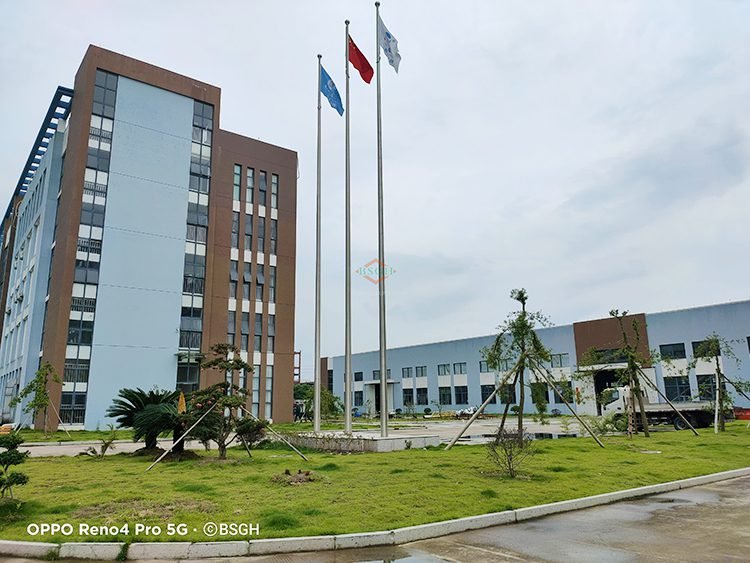
BSGH-Granulator ist ein Unternehmen, das sich auf die Herstellung von Recyclingmaschinen spezialisiert hat. Seit unserer Gründung im Jahr 1995 haben wir die professionelle Anerkennung der entsprechenden offiziellen Institutionen erhalten. Wir produzieren hochautomatisierte Maschinen zum Recycling von Kupferdrähten, darunter Abisoliermaschinen und Kupfergranuliermaschinen, mit denen Sie Kupferschrottdrähte effizienter recyceln können. Außerdem stellen wir Zusatzgeräte wie Magnetabscheider und elektrostatische Abscheider her, mit denen Sie die Reinheit des recycelten Kupfers verbessern und Ihren wirtschaftlichen Gewinn steigern können.
Bitte rufen Sie uns unter 0086 13772508206 an und wir bieten Ihnen Service auf höchstem Niveau.

